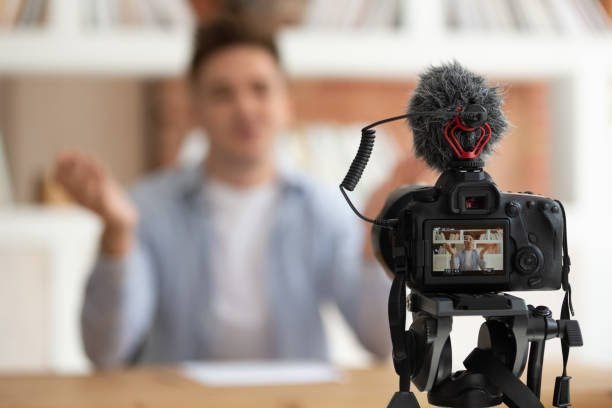
Last Updated on March 30, 2024 by Nadeem Ahmed
Choosing a camera shutter speed depends on several factors, including the subject you’re photographing, the DOF, and the overall speed of the subject moving. Here are some tips on how to choose a camera shutter speed for your subject. Choosing a slow shutter speed is recommended for photos of fast-moving subjects. On the other hand, you can go as slowly as 1/60s to 1/200s if you use a tripod.
Table of Contents
Choosing a camera shutter speed
When choosing a camera shutter speed for your subject, there are many factors to consider. The first is the amount of light that will be gathered in the picture. Long shutter speeds expose the camera’s sensor to a large amount of light, while short shutter speeds only expose the sensor to a small fraction. Therefore, choosing the correct shutter speed for your subject is critical for capturing both motion and dark scenes.
The focal length of your lens is another important factor. Longer focal length lenses need a faster shutter speed, while short lenses can typically shoot at 1/60 shutter speeds. A rule of thumb is not to choose a shutter speed faster than the focal length of your lens. If you are shooting a subject that you know will move or change position, a slower shutter speed is the way to go. On the other hand, if the subject moves quickly, a slower shutter speed may not be necessary.
Choosing a shutter speed for your subject
When taking pictures of a moving subject, your camera’s shutter speed should correspond to the subject’s speed. For example, a shutter speed of 1/250 or 1/30 second will be sufficient for a soccer player to appear silky and the waves moving slowly to be depicted as low-lying mist. The experiment is recommended if you’re unsure what shutter speed to use.
Different shutter speeds give a photograph different image attributes, such as detail, dynamic movement, and color. These are obtained by using different camera settings. By varying shutter speeds, you can capture the right look and add creativity to your shots. It is important if you’re capturing a fast-moving subject or if the scene is partly-cloudy.
Choosing a shutter speed for your DOF
There are many ways to determine the ideal shutter speed for your DOF and the overall quality of your images. First, consider your surroundings to determine how to set your shutter speed. For example, a slower shutter speed will produce more blurry images if your scene is filled with people and cars. On the other hand, if you are shooting a dog, you should aim for a higher shutter speed to get clearer action shots.
Choosing a camera shutter speed that is too fast will give you a blurred, out-of-focus shot. Slow shutter speeds are good for long exposures that focus on the speed and stillness of two objects. Using a tripod to take a longer exposure will help you get the desired results. Learning how to use shutter speed effectively will open up new creative possibilities. It will allow you to take better photos and get better results.
Choosing a mechanical shutter speed
EFCS (Electronic File Computation System) cameras can achieve faster shutter speeds than their mechanical counterparts. However, they’re still limited by their electronic processing power, so your shot will still be blurry. For example, a hummingbird’s wings would blur at 1/2000 or 1/1000 sec. But you could capture this same subject at the 1/1000-sec speed with an E-shutter camera.
A camera’s shutter speed affects how much light is exposed to the film. The faster you shutter your camera. More light will reach the sensor and create the photograph. Slow-motion videos show what happens inside the shutter. Slow-motion videos also show how a shutter works.
Choosing an electronic shutter speed
When choosing an electronic shutter, you need to consider your subject. Some types of photos look better with a slower shutter speed. For example, pictures of racing cars will have more horizontal stripes than still subjects. The same goes for pictures of people. While the “click” from an electronic shutter may be an iconic sound, it may be distracting in some environments. To avoid a noisy subject, choose a slower shutter speed.
A camera’s shutter speed is based on two factors: the amount of light in the scene and the subject’s speed. Therefore, a faster shutter speed will result in a sharper image, while a slower one will likely leave the subject blurry. The faster shutter speed is better for shots of people or fast-moving objects. However, if your subject is moving slowly or in the opposite direction, you might want to use a slower shutter speed.


























